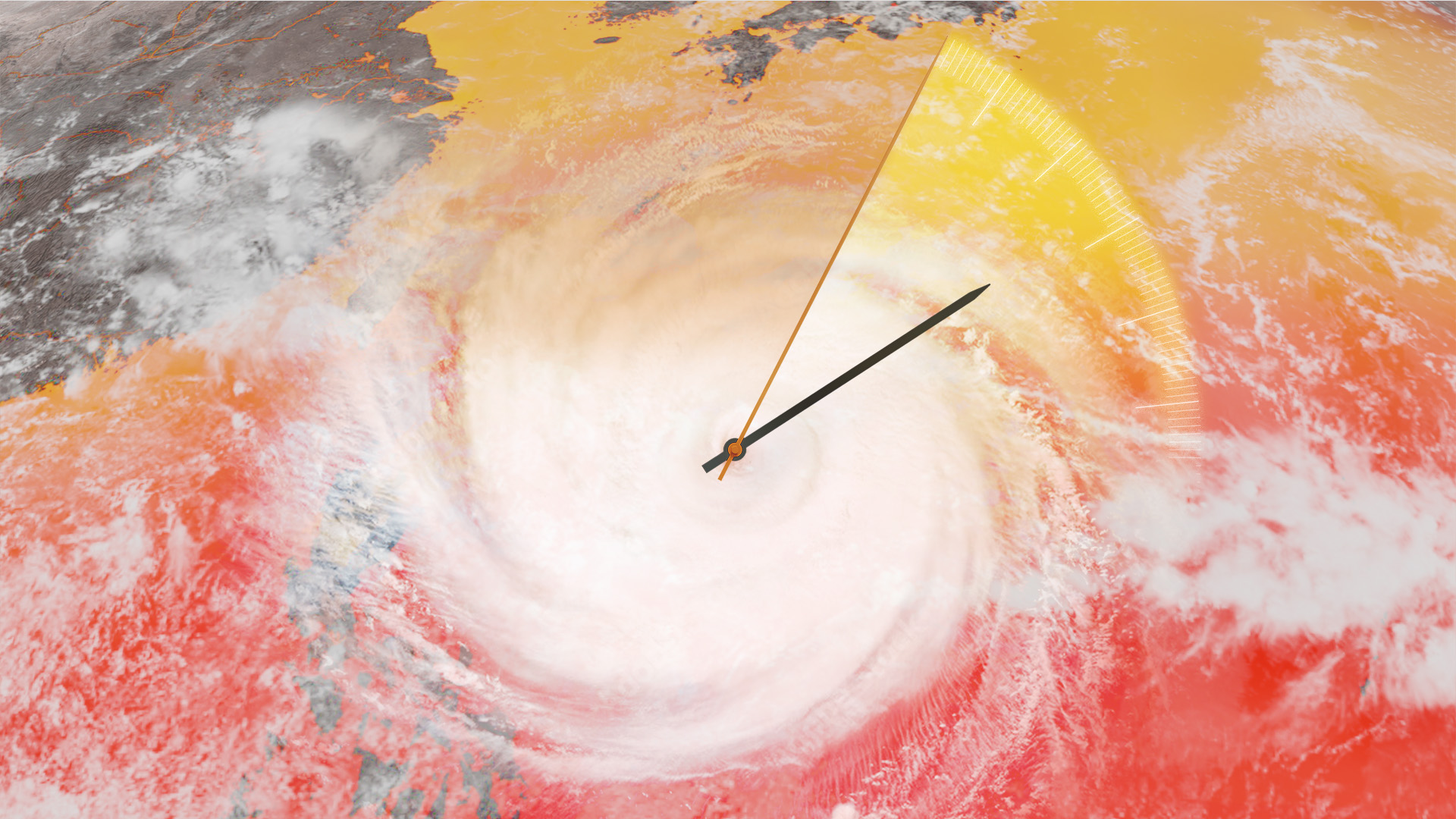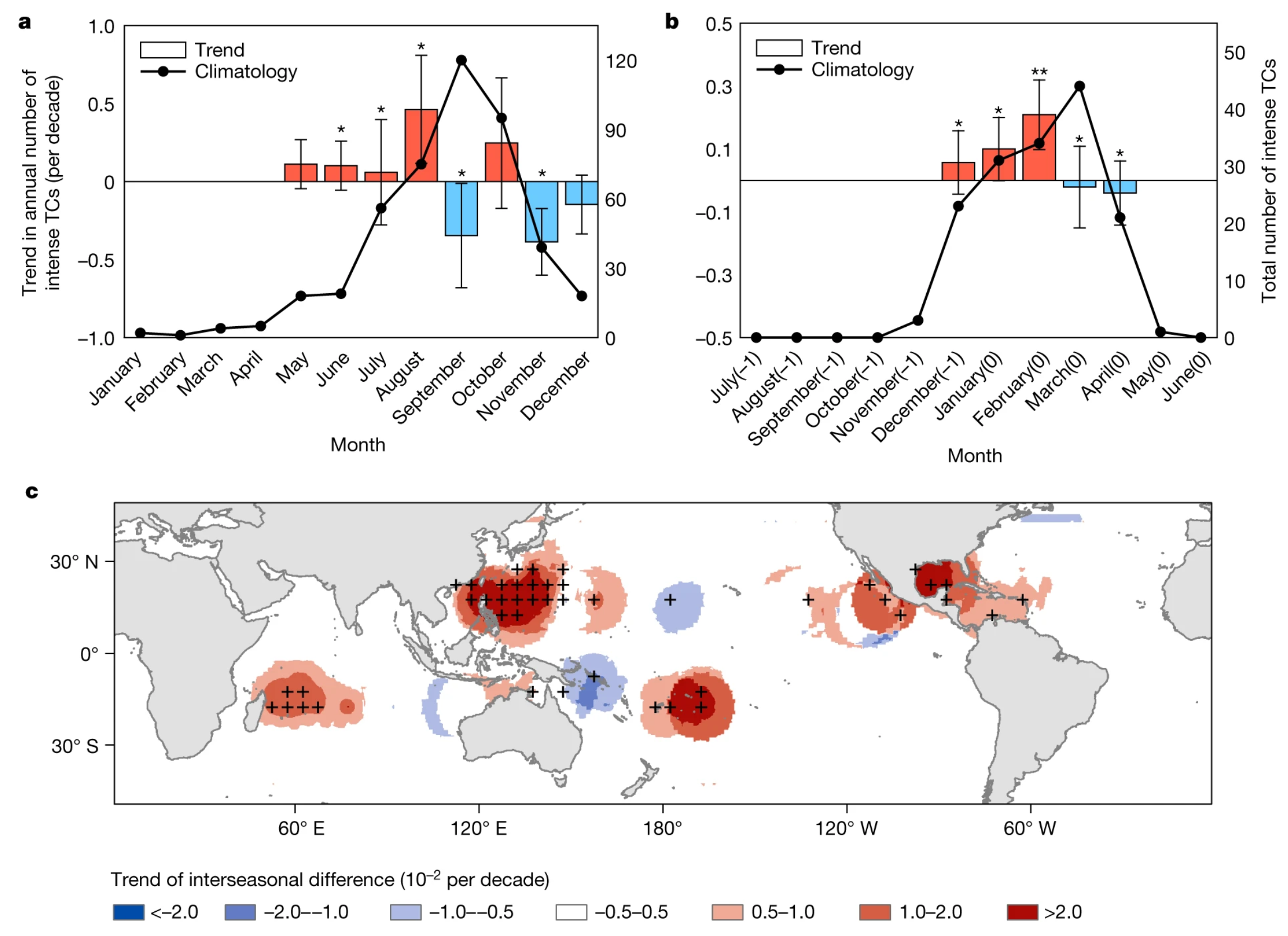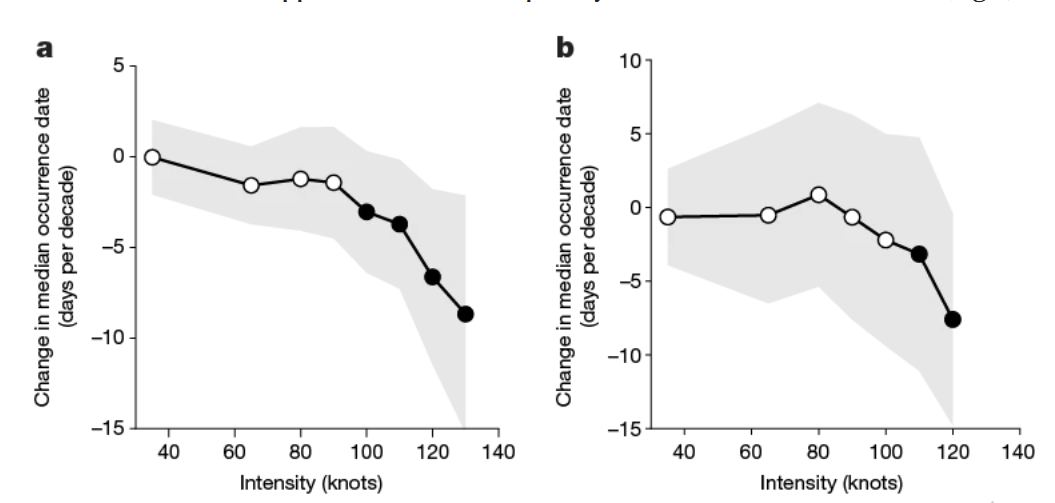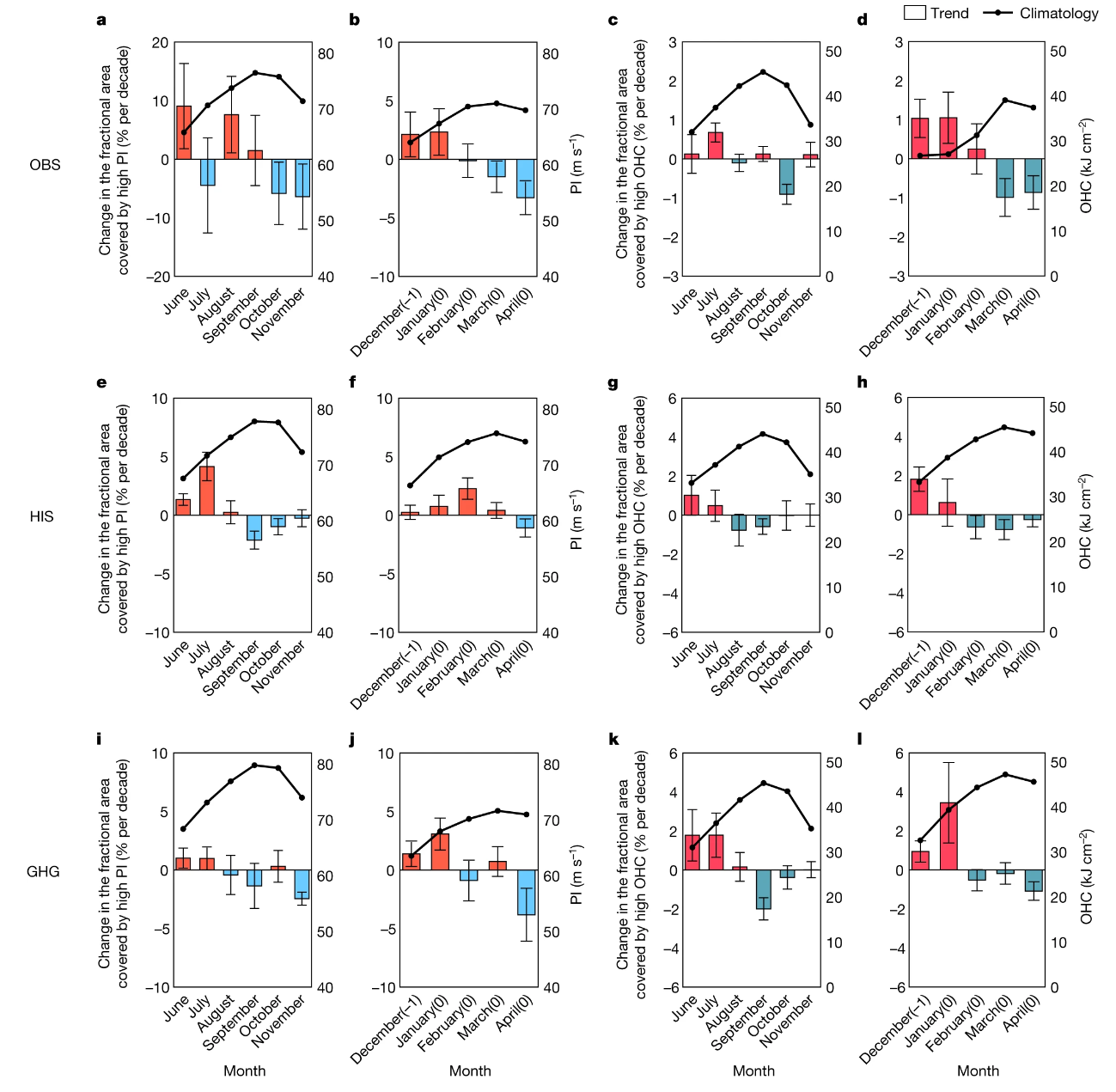Global climate change has become one of the most significant challenges facing the world today. The rise in global temperatures, increased occurrences of extreme weather events, and rising sea levels resulting from greenhouse gas emissions have caused a series of severe climate issues.
Intense tropical cyclones (TCs), in particular, are highly destructive natural disasters that have a significant impact on both human society and the natural environment. Over the past few decades, there have been notable changes in typhoon activity worldwide, including an overall increase in typhoon intensity and a trend towards more frequent occurrences of super typhoon events. These changes have profound implications for sustainable development in regions affected worldwide.

The research team led by Chair Professor Xiping Yu from the Department of Ocean Science and Engineering at the Southern University of Science and Technology (SUSTech) has achieved innovative results in studying the response of intense TCs to climate change. They have revealed a significant seasonal advance of intense TCs globally in recent decades and demonstrated that this phenomenon is driven mainly by global warming.
This research work, entitled “Seasonal Advance of Intense Tropical Cyclones in a Warming Climate”, has been published in Nature.
The researchers found a pronounced trend of intense TCs occurring earlier in the season on a global scale (Figure 1). Traditionally, intense TCs were most frequent during the autumn season. However, in recent years, intense TCs have increasingly occurred during the peak of summer. One example is the super typhoon “Dusuirei”, which had a severe impact on the Beijing-Tianjin-Hebei region in July this year. Further research indicates that this shift of intense TCs from autumn to summer significantly increases the risk of compound disasters when they coincide with extreme rainfall events driven by the summer monsoon.
Strong evidence of this phenomenon has been found in Southern China and the Gulf of Mexico region. The destructive impact of such compound disaster events far exceeds that of any single disaster event, posing significant challenges to existing disaster prevention and mitigation systems.

Figure 1. The seasonal distribution of the total number of intense TCs (solid lines) and the linear trend in the annual number of intense TCs (bars; per decade) obtained from the ADT-HURSAT dataset in each month from 1981 to 2017 in the NH (a) and the SH (b). (c) Linear trends of the interseasonal difference in intense TC number between the early and late seasons obtained from the ADT-HURSAT dataset.
Notably, the seasonal advance was apparent for intense tropical cyclones but not for weaker ones (Figure 2). Intense storms often experience at least one period of rapid intensification, during which they strengthen quickly and markedly. Rapid intensification is a critical physical process that distinguishes intense TCs from other TCs, which is defined as if the TC intensity increases at least 18 m/s over a period of 24 h. As expected, the occurrence of rapid intensification showed a seasonal advance.
To find out why, the possible atmospheric factors (such as humidity and wind shear) and oceanic factors (such as potential intensity and ocean heat content) that affect rapid intensification were examined. It found that the atmospheric factors did not show any significant variation, whereas the oceanic factors exhibited a clear seasonal advance. To find out whether human activities or natural processes were driving this shift in ocean conditions, the attribution analysis based on the latest climate models was conducted. It revealed that the earlier onset of favourable oceanic conditions for rapid intensification was driven mainly by greenhouse gases.

Figure 2. Linear trends of the median value of the occurrence date (days per decade) of TC events with different intensities obtained from the ADT-HURSAT dataset during the active season in the NH (a) and the SH (b).

Figure 3. Observed and simulated changes in the seasonal cycle of oceanic conditions.
The seasonal advance in intense tropical cyclones increases the probability that they will intersect with and compound other extreme weather events. For example, the seasonal shift might increase the risk that a river flood due to land rainfall coincides with a storm surge resulting from a tropical cyclone, which could devastate a coastal area. This contributes to improving early warning and response capabilities for such compound disaster events and ultimately guides disaster emergency management and mitigation strategies.
Kaiyue Shan, a visiting scholar at SUSTech and a postdoctoral researcher in the Department of Hydraulic Engineering at Tsinghua University, is the first author of this paper. Chair Professor Xiping Yu from SUSTech and Professor Fengfei Song from the Ocean University of China are the corresponding authors. Co-authors include Professor Yanluan Lin from the Department of Earth System Science at Tsinghua University and Professor Pao-Shin Chu from the University of Hawaii.
Paper link: https://www.nature.com/articles/s41586-023-06544-0
To read all stories about SUSTech science, subscribe to the monthly SUSTech Newsletter.
Proofread ByAdrian Cremin, Yingying XIA
Photo By